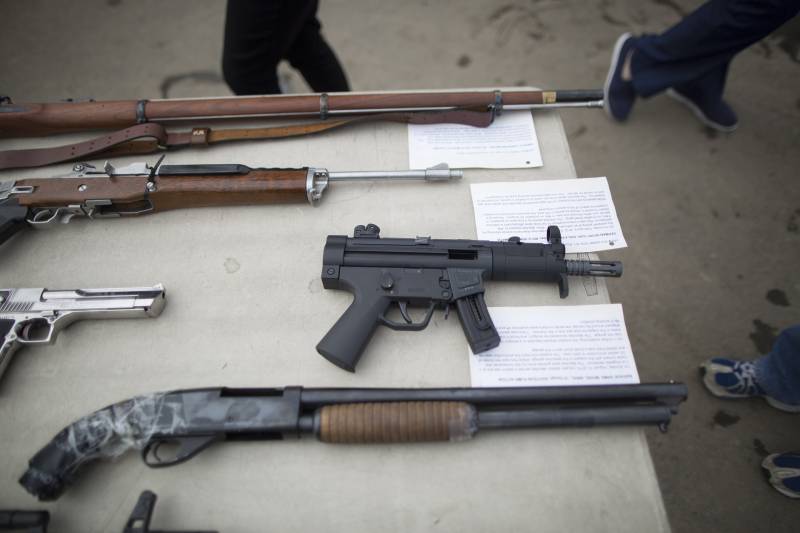The request is typically made to local law enforcement, who, along with attorneys, investigate and build a case for whether the individual should be brought to court for a hearing before a judge.
Since 2016, San Francisco has recovered more than 50 firearms, both registered and unregistered, through gun violence restraining orders, according to Chiu, as well as thousands of rounds of ammunition.
But nearly two-thirds of Californians surveyed have still never heard of gun violence restraining orders, according to a 2021 study from UC Davis.
However, the same study found that once surveyors were given a description of the policy, they supported it.
“So what we see there is really this willingness of individuals to take action once they know something is in place. But, a lot of people don’t know this exists or even the process of going about that,” said Nicole Kravitz-Wirtz, who studies gun violence at UC Davis and is the lead author of the study.
In San Francisco, the red flag law has been utilized in situations such as when a man strangled his mother and threatened to kill her, according to Chiu. In another case, San Francisco authorities confiscated firearms and six rounds of ammunition from someone who was experiencing hallucinations and began firing a pistol inside his house, believing someone was coming out of the fridge to take his wife and kid.
“We are not talking about trivial situations,” Chiu said. “These are incredibly volatile situations and any could lead to horrific and tragic results.”
Chiu believes San Francisco is just getting started. Last year, the City Attorney’s Office received city funding to hire a full-time staff member to oversee gun removal requests and help increase awareness and capacity for follow-through on requests.
San Diego has started down that path already. There, a team of around eight attorneys and investigators are assigned to gun violence restraining orders.
‘This is a crisis intervention tool’
“The idea is to give a cooling-off period to the individual. Usually, the person for whom guns and access to guns is an issue is going through some kind of a traumatic event. And it could be a breakup of a relationship, maybe they got out of the military and they have post-traumatic stress disorder,” San Diego City Attorney Mara Elliott told KQED. “We work closely with Alzheimer’s here in San Diego because once-responsible gun owners could become irresponsible because their health deteriorated.”
In 2021, San Diego accounted for about 31% (435 out of 1,384) of all gun violence restraining orders issued across the state, according to the state Attorney General’s Office. The city has issued more than 1,000 gun violence restraining orders since the law was enacted in California in 2016, according to Elliott.
She estimates that roughly a third of those confiscations were in situations where the individual had shown signs or expressed thoughts of self-harm, and another third has been related to domestic violence and intimate partner trauma. Other situations where the restraining orders have been approved include workplace and school threats, Elliott said.
“This is a crisis intervention tool. If someone is going through a really hard time, let’s get the guns out of their home and help them get better,” Elliott said. “We don’t have any interest in [removing guns from] responsible gun owners.”

